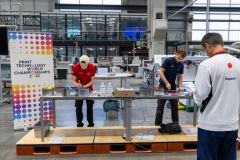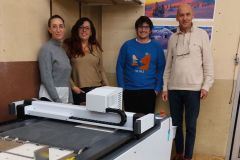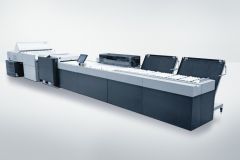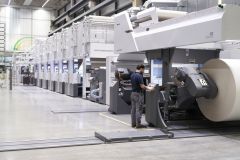To obtain marketing authorization for any drug, the design and production of the pharmaceutical insert are decisive steps. Subject to national and European regulations as well as strict constraints, it must be able to slip inside the packaging without defect without hindering the insertion of the blister pack or the vial. In the pharmaceutical industry, zero tolerance is a standard and it is unthinkable to deliver to hospitals and pharmacies a box without an insert because of a technical malfunction.
A demanding and regulated set of specifications
The volume of text on the records is constantly increasing, generating larger and larger dimensions. Some extra-large inserts can contain more than 150 panels. This requires printers to adapt and innovate in order to find ingenious solutions in terms of finishing. A leaflet that is too thick risks slowing down or even interrupting the necessarily sustained pace of the packaging lines.
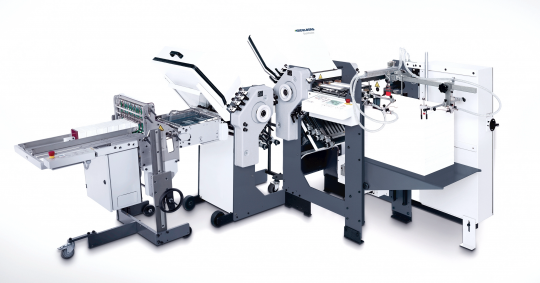
The paper weight is therefore increasingly reduced, provided that sufficient opacity is maintained for front/back printing. Traditionally calibrated between 50 and 40 g/m2, it is common today to print these notices on 37 g/m2, or even 32 g/m2 in some cases.
The folding technique is chosen according to the dimensions of the leaflet specified by the customer, in open and folded formats. Depending on the most compact combination of multiple folds, e.g. economy folds + cross folds or rolled folds, the paper weight is selected and then the printing options are defined: reel or sheet-fed.
The folding of pharmaceutical leaflets is a complex process following the ever-increasing requirements of laboratories and a constantly growing market. (Source: Key figures of the drug market, the Pharma Santé guide)




